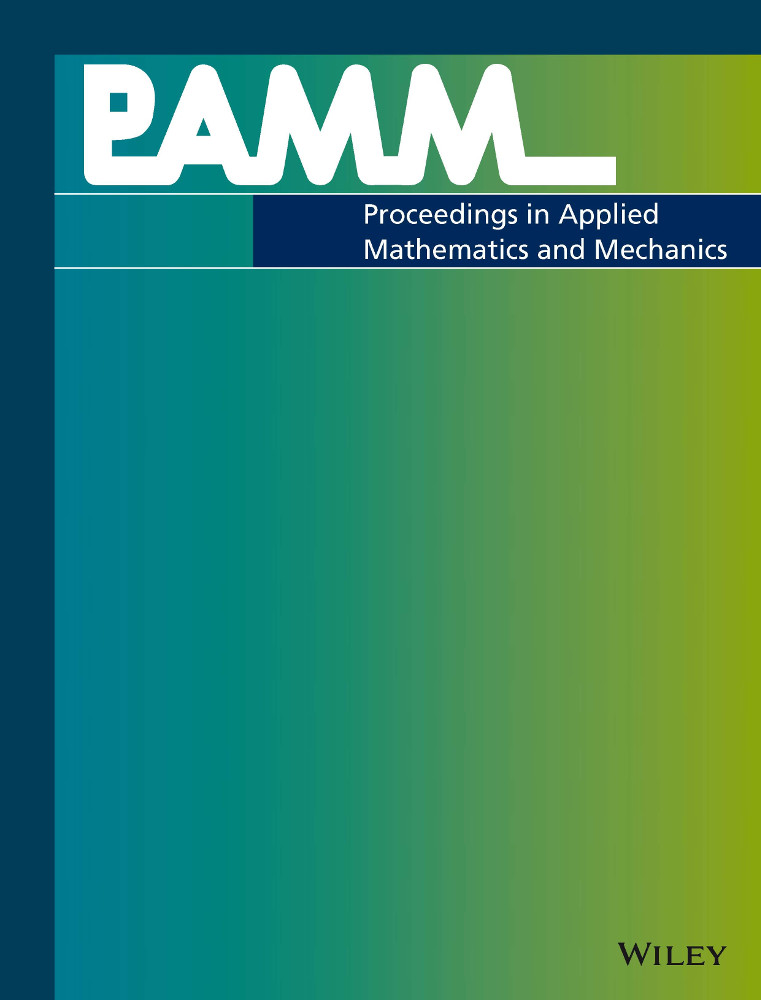A partitioned computational framework for damage evolution in stress corrosion cracking utilizing phase-field
Abstract
Dissolution-driven stress corrosion cracking is a complicated multi-physics phenomenon consisting of coupling between mechanical stress and corrosion. In this coupled electro-chemo-mechanical problem, the combined effects of mechanical field, localised corrosion and the microstructure with the effects of grain boundaries are investigated. Therein, corrosion kinetics are accelerated by mechanical straining and also affected by the different material properties along the grain boundaries. A phase-field modelling approach, a method for regularizing sharp interfaces with smooth gradients, is utilized to describe the metal-electrolyte interface during localized metal dissolution. The current contribution presents a partitioned computational framework, as an extension of recently published works for solving pitting corrosion and stress corrosion cracking at the micro-scale. In this extension, mechanically assisted corrosion is coupled bi-directionally and solved on two software instances facilitating simulation at different time scales, using an open-source coupling software. The performance of the proposed computational framework is demonstrated through various deterioration model system situations in 2D.




